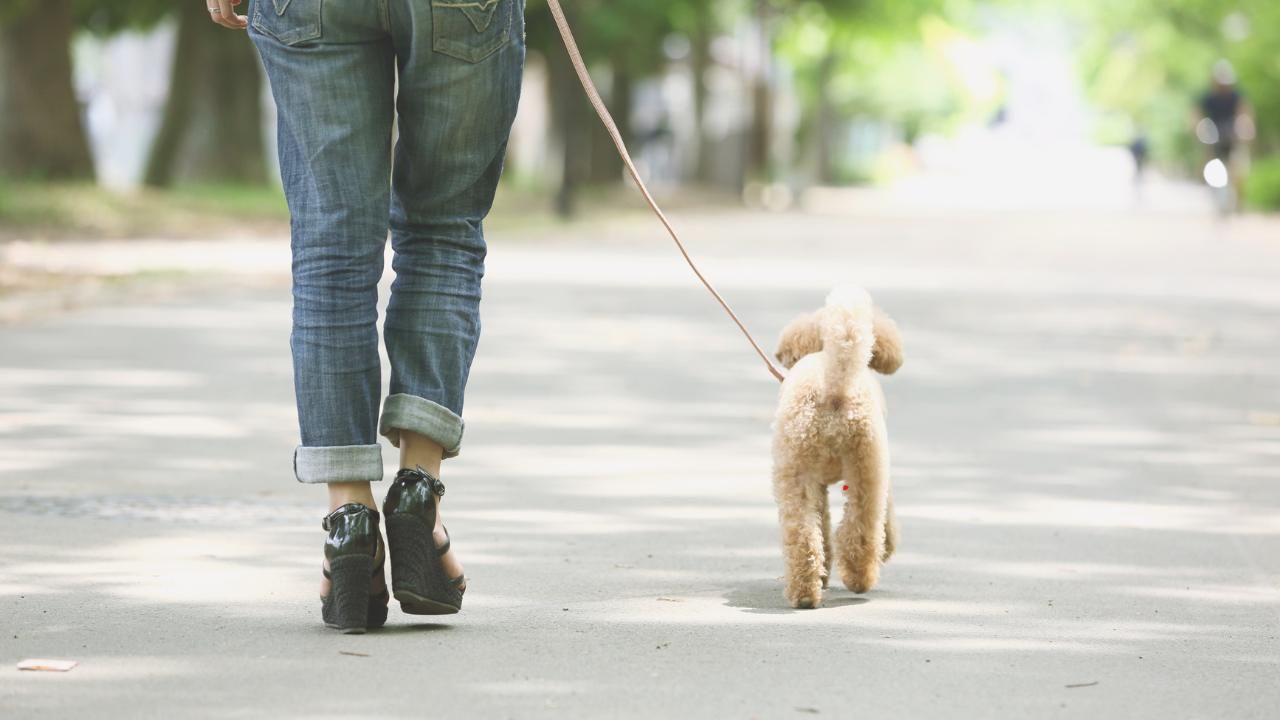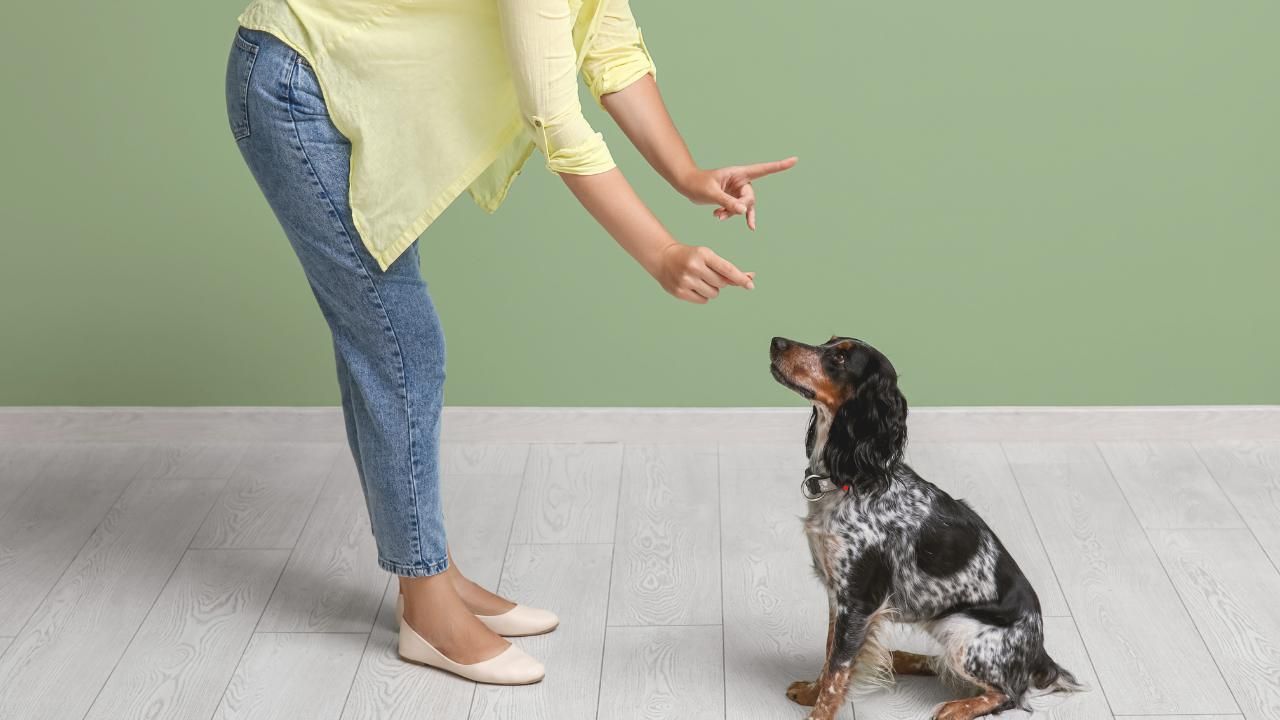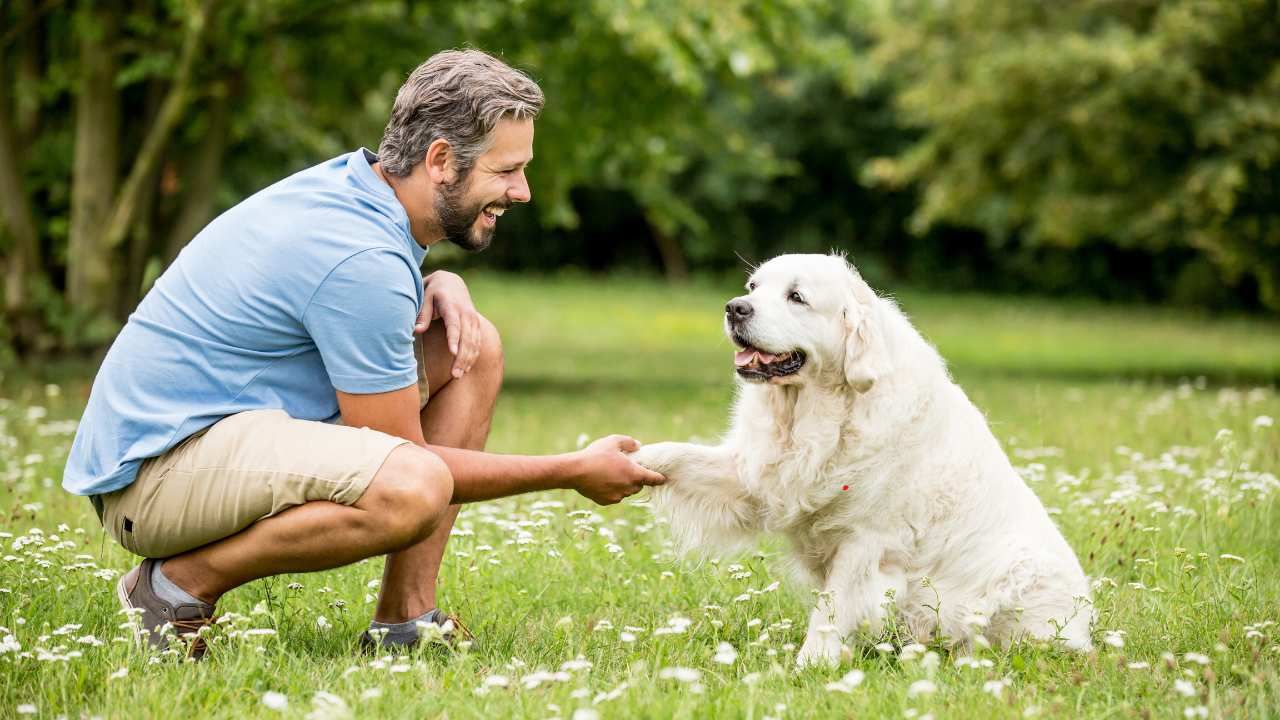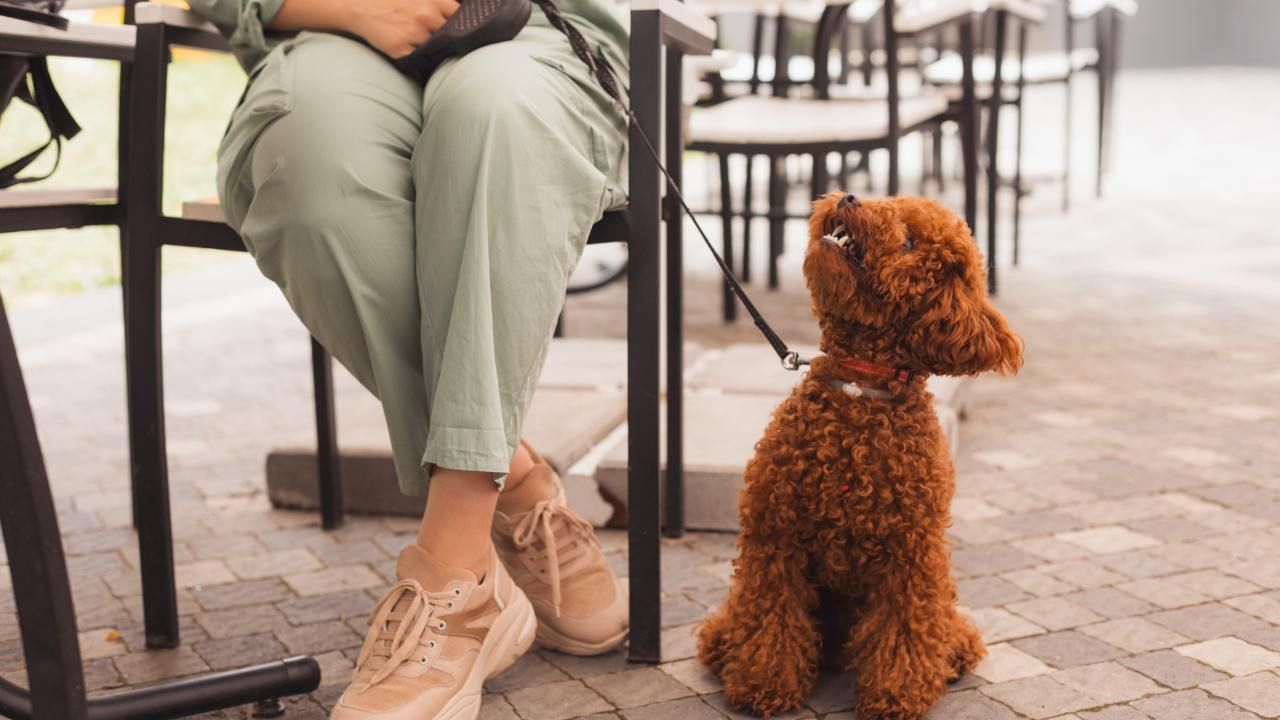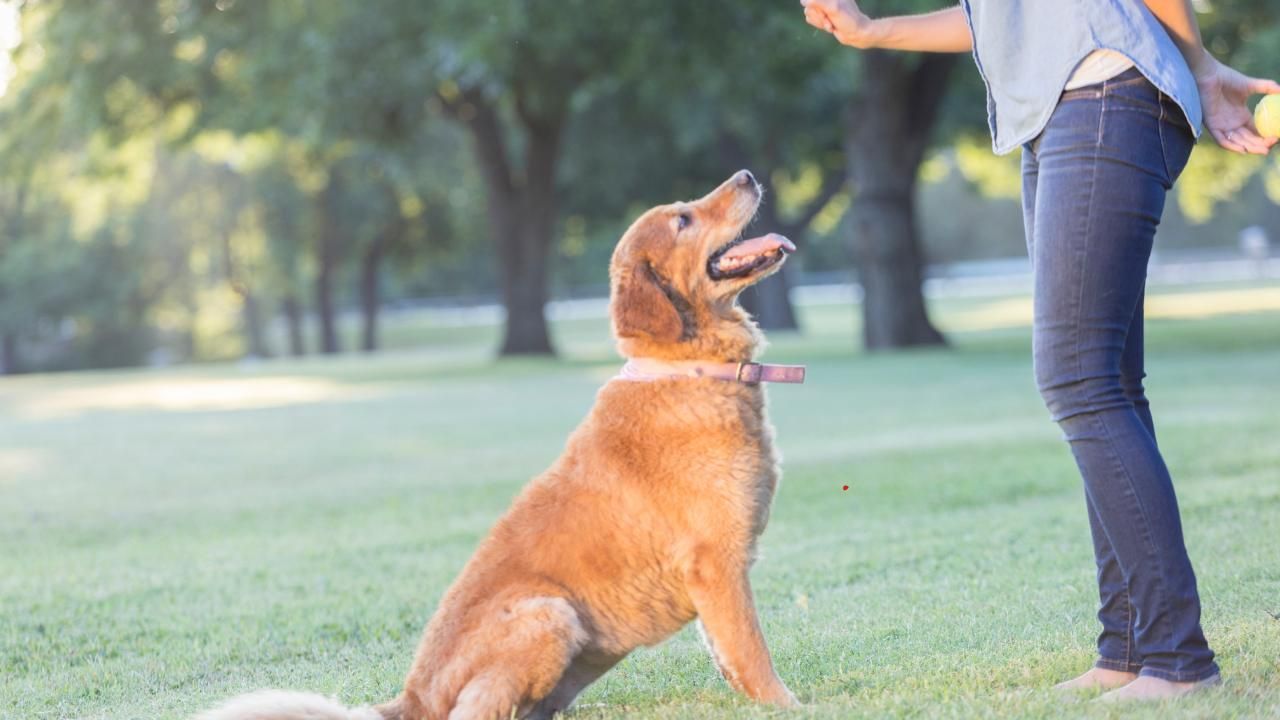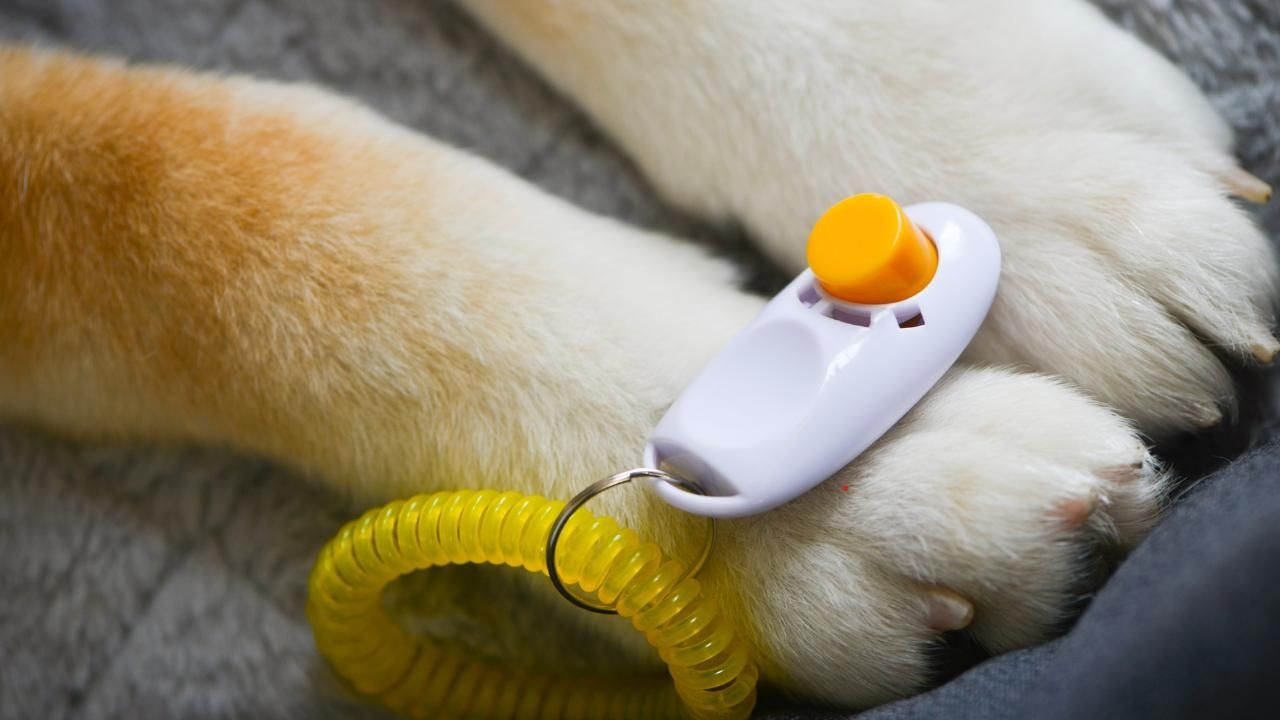Crate Training 101: Turning the Kennel Into a Cozy Den
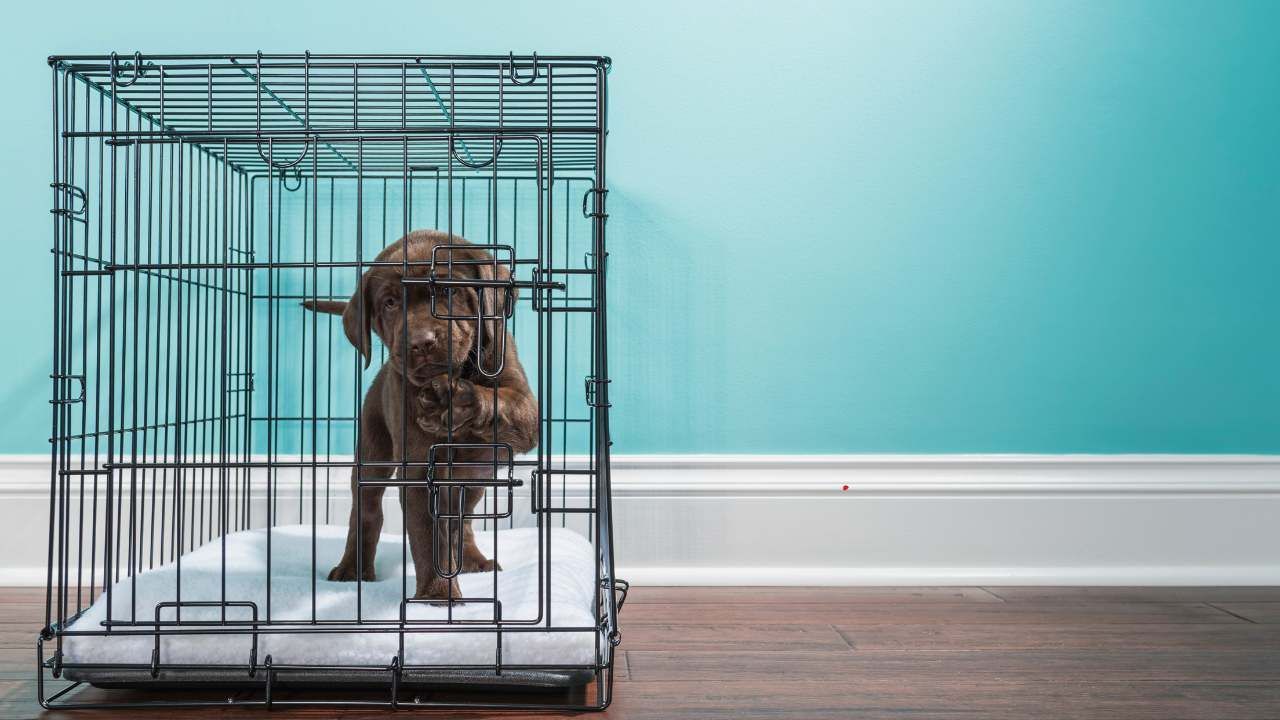
Bringing home a new puppy is an exciting experience, especially when you’re searching for Bernedoodles puppies for sale in Phoenix AZ or browsing the adorable selection at Doodling Pups, LLC. One of the first challenges new dog owners face is house training, and crate training is a tried-and-true method that helps both you and your pup adjust. Even if you’re considering fully trained dogs for sale in Cottonwood AZ, understanding crate training is valuable for reinforcing good behavior and building a lifelong bond.
This guide will walk you through the essentials of crate training, helping you transform a kennel from a simple box into your dog’s safe, cozy den.
Why Crate Training Matters
Dogs are den animals by nature. A crate mimics that instinct by providing a secure, quiet space where your dog can relax. Instead of thinking of it as confinement, consider it a tool for structure, safety, and comfort. A properly trained dog views the crate as:
- A safe retreat from overwhelming activity
- A place to sleep and recharge
- A boundary that supports house training
When done right, crate training can reduce anxiety, prevent destructive behaviors, and set the foundation for polite manners.
Picking the Right Crate
Choosing the right crate is step one. Too big, and your pup might use one corner as a bathroom. Too small, and it feels cramped. Here’s how to get it right:
- Size: Your dog should be able to stand, turn, and lie down comfortably.
- Type: Wire crates offer ventilation and visibility, while plastic ones provide a den-like feel.
- Growth: For puppies, consider an adjustable crate that can expand as they grow.
Adding a soft blanket or cushion makes the space inviting, but skip anything your dog might shred or chew at first.
The Step-by-Step Training Process
Patience is the secret ingredient in crate training. Rushing creates resistance, while a gradual approach builds trust.
- Introduce the Crate: Place it in a common room and leave the door open. Toss in treats or toys so your dog explores willingly.
- Make It Positive: Feed meals in the crate and praise calm behavior.
- Short Sessions: Close the door for just a few minutes while you stay nearby, gradually increasing time.
- Practice Absences: Step out of sight for short periods to help your dog learn independence.
- Use a Routine: Consistency is key. Take your dog out for potty breaks right after crate time.
Avoid using the crate as punishment. Your goal is to make it a happy place, not a penalty box.
Common Mistakes to Avoid
Even with good intentions, it’s easy to make errors that slow progress. Watch out for these pitfalls:
- Leaving your dog in the crate too long
- Skipping exercise before crate time
- Using the crate only when leaving the house
- Not sticking to a consistent schedule
Correcting these mistakes keeps crate training stress-free for both you and your pup.
Case Study: Bella’s Transformation
Take Bella, a six-month-old Bernedoodle whose owner struggled with nighttime accidents and separation anxiety. By introducing crate training slowly—feeding her in the crate, rewarding her calm moments, and sticking to a bedtime routine—Bella began to see her kennel as a den. Within weeks, she slept peacefully through the night, and her anxious chewing habits disappeared. Her crate became her favorite retreat rather than something to resist.
Building a Lifetime Habit
Crate training isn’t just about the puppy stage. Even adult dogs benefit from having a den to call their own. Whether you’re starting fresh with a young pup or reinforcing habits in a rescue dog, the process builds structure, confidence, and trust. When the kennel becomes a cozy den, you’ll have a happier, calmer dog—and a more peaceful home.
Ready to bring home your new best friend? Learn more about our fully trained Bernedoodles and get a head start on your training journey.

